Below some details info about the mechanical and electronics components involved :
Chassis
it is composed of 30x15mm aluminium profiles for the robot body, and 12x12mm profiles for the robot stand. The parts have been printer on Polymax PLA, which is stronger than regular PLA, actually almost as ABS.
Dimensions are : body length 370mm, body width 340mm, default height 370mm.
Electronics
The controller board is a Teensy 2.6, which is more powerful than an Arduino and includes a FPU, useful for the IK computation. This board is 3.3V compliant and does not tolerate 5V I/Os, so a bunch of level converters have been used.
Servos are controlled by a SSC32U Lynxmotion board. This board can control up to 32 servos, which is more than enough for tihs project. While it simplifies the servo control code, I sitll had to implement movement acceleration/deceleration than is provided by other boards. I may switch to Pololu Maestro boards later.
Servos are of RDS3115MG type, and are supposed to provide a 15kg torque, which is the main reason I selected this model - apart from the price - considering the robot weights about 3kg with its battery.
Two power supplies are used : a 15A 5V Pololu for the electronics, a 3.3V regulator, for the Teensy a 20W 7.2V for the servos. The battery is a LiPo 3S 1800mAh battery typically used with drones (another hobby...). I included a LiPo voltage alarm to protect the battery.
Below some of the first walks... still lots of room for improvement !!
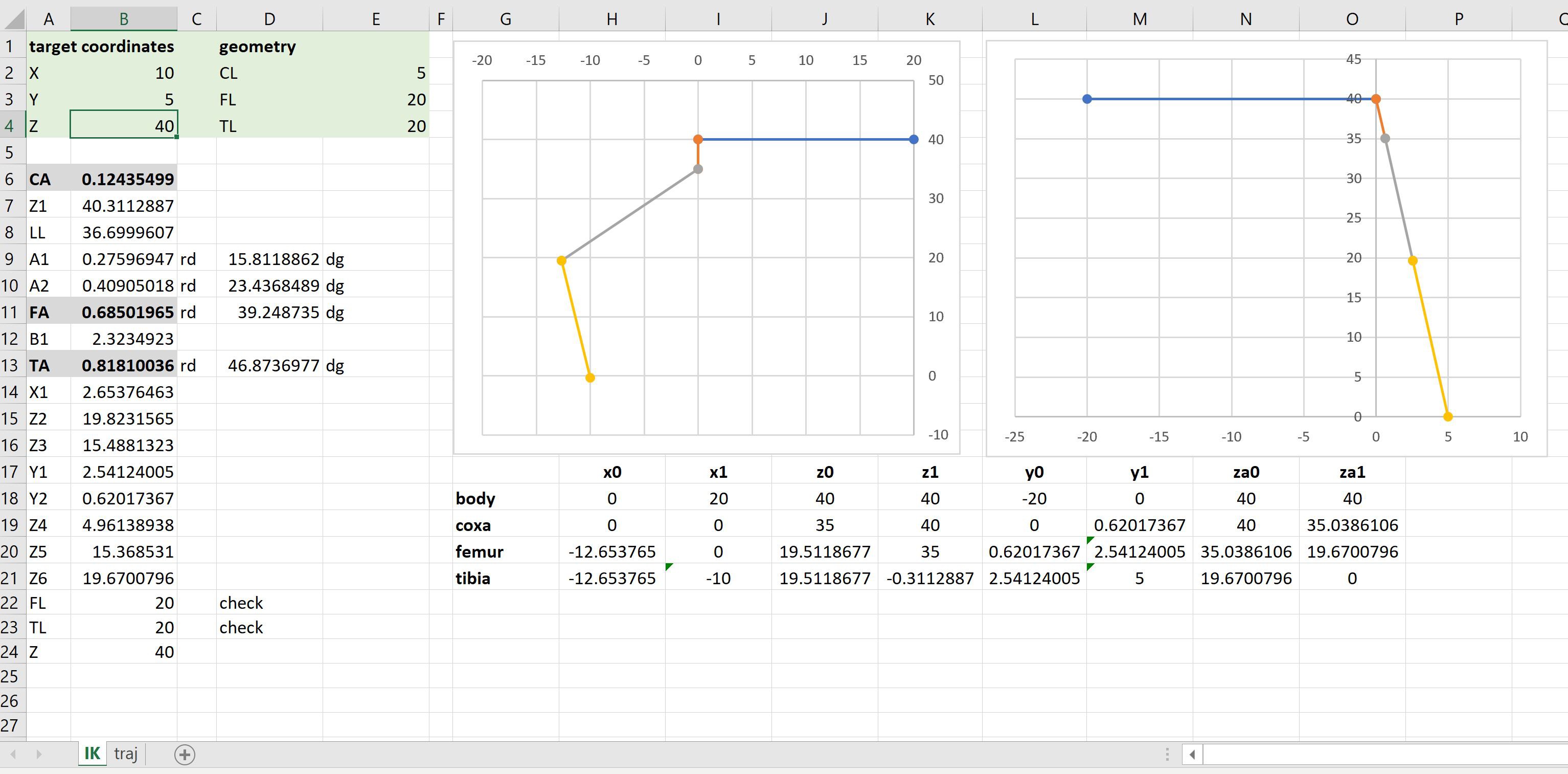
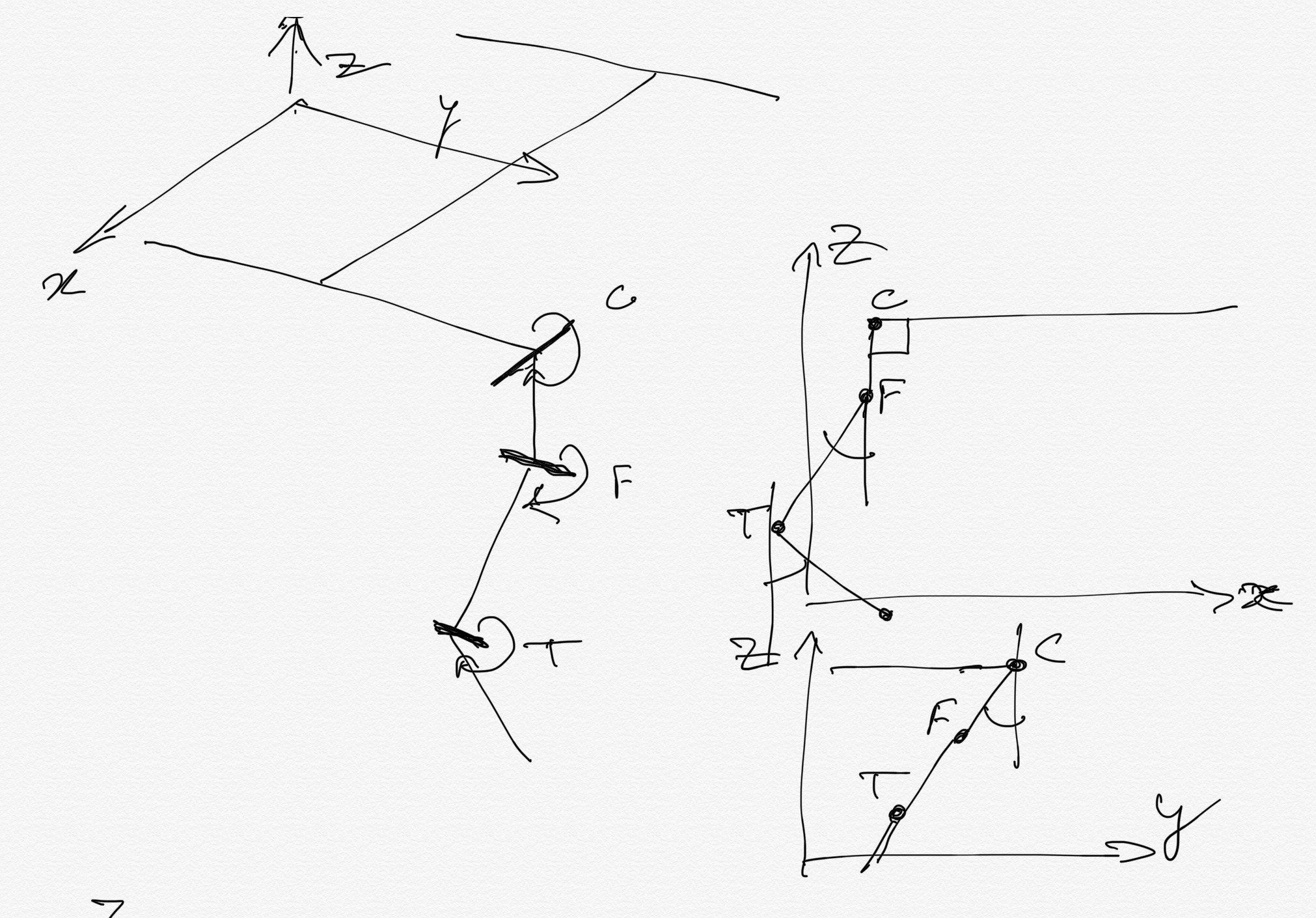
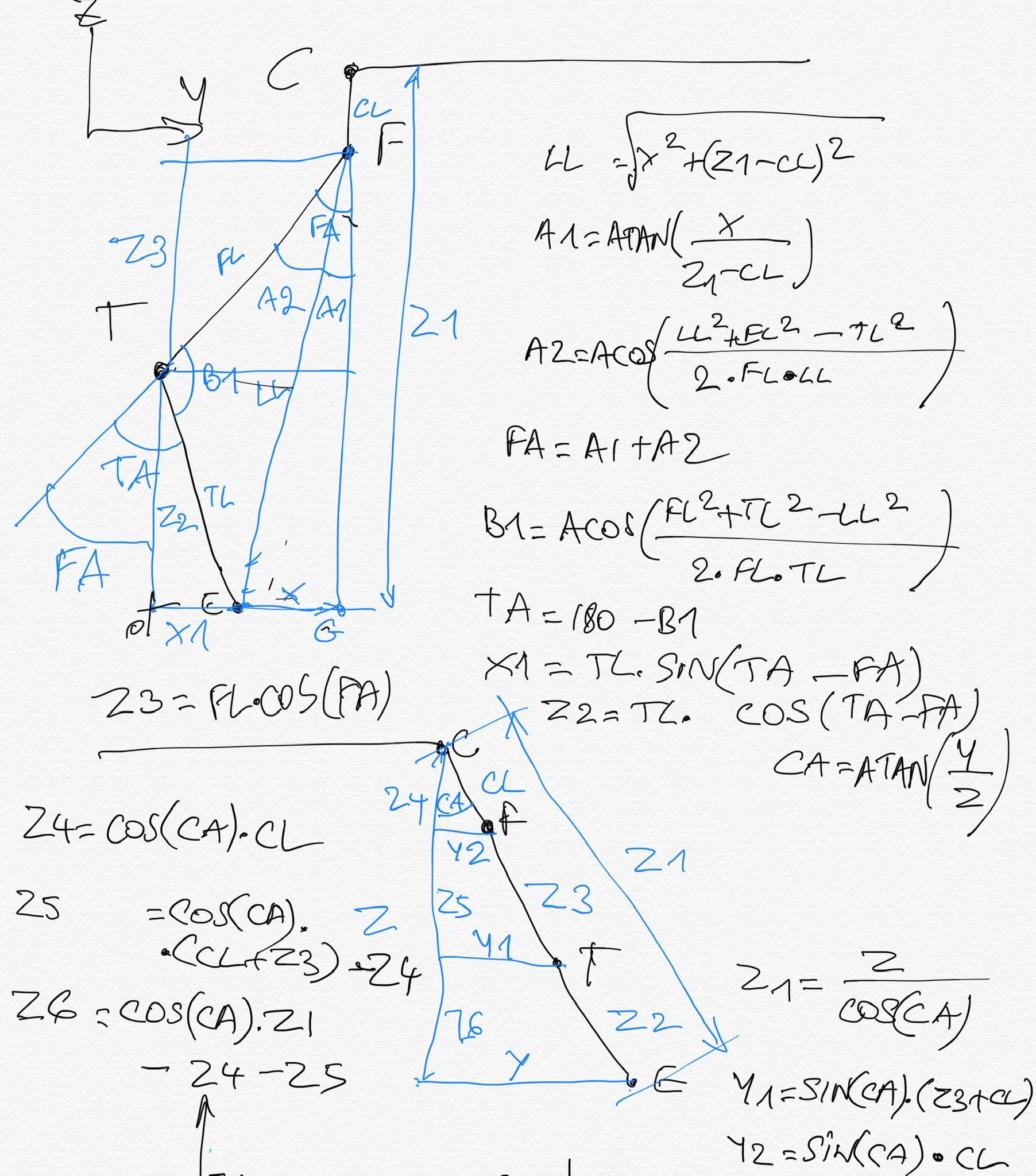
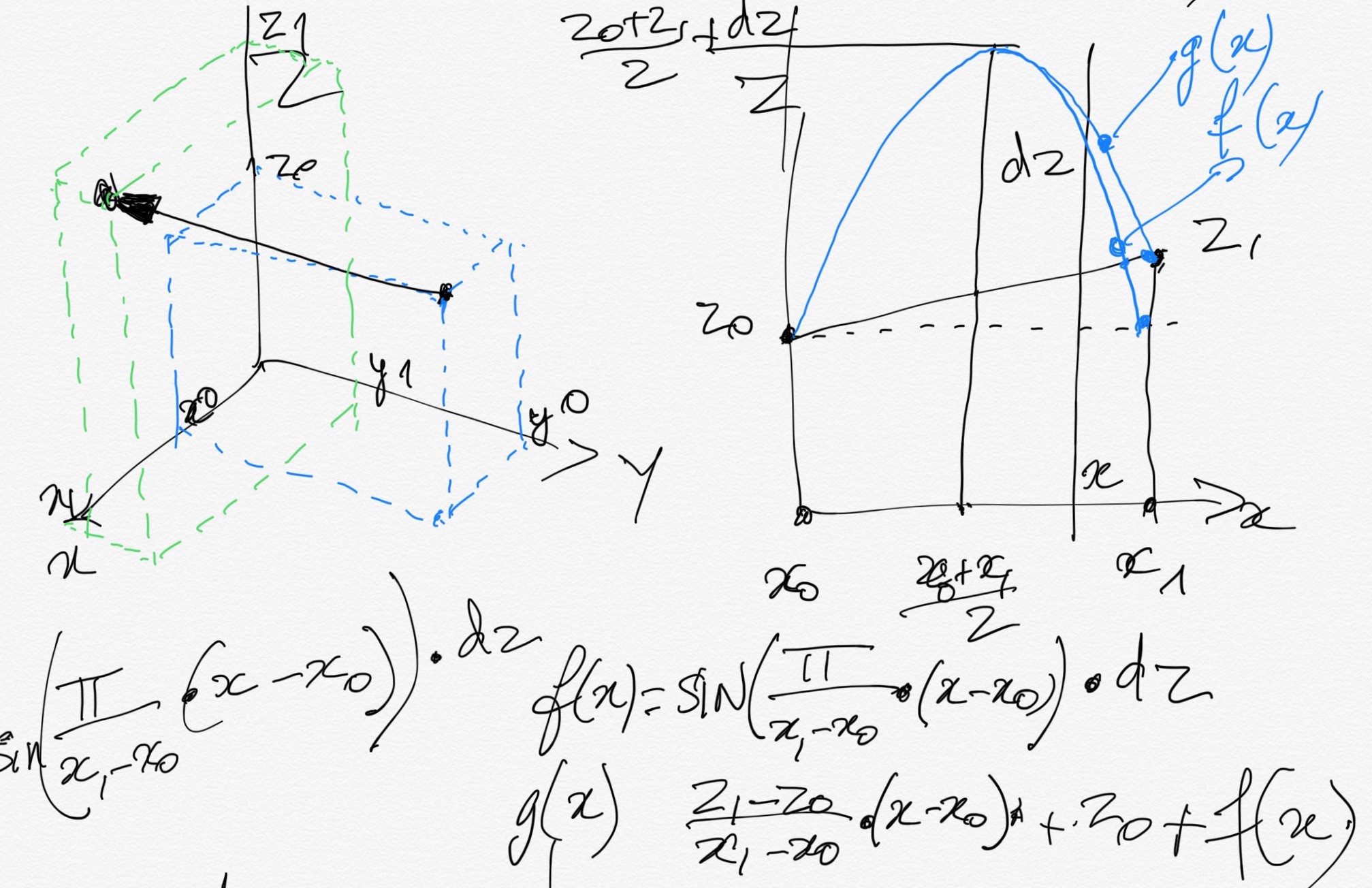
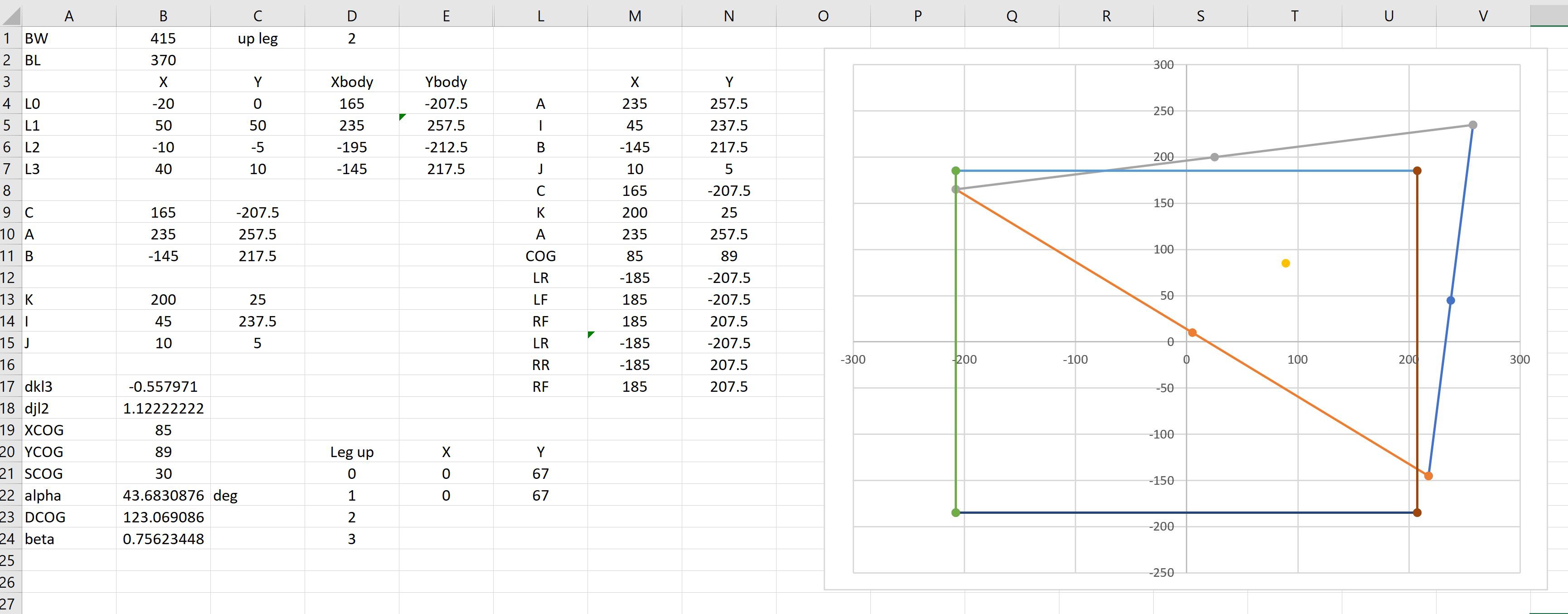
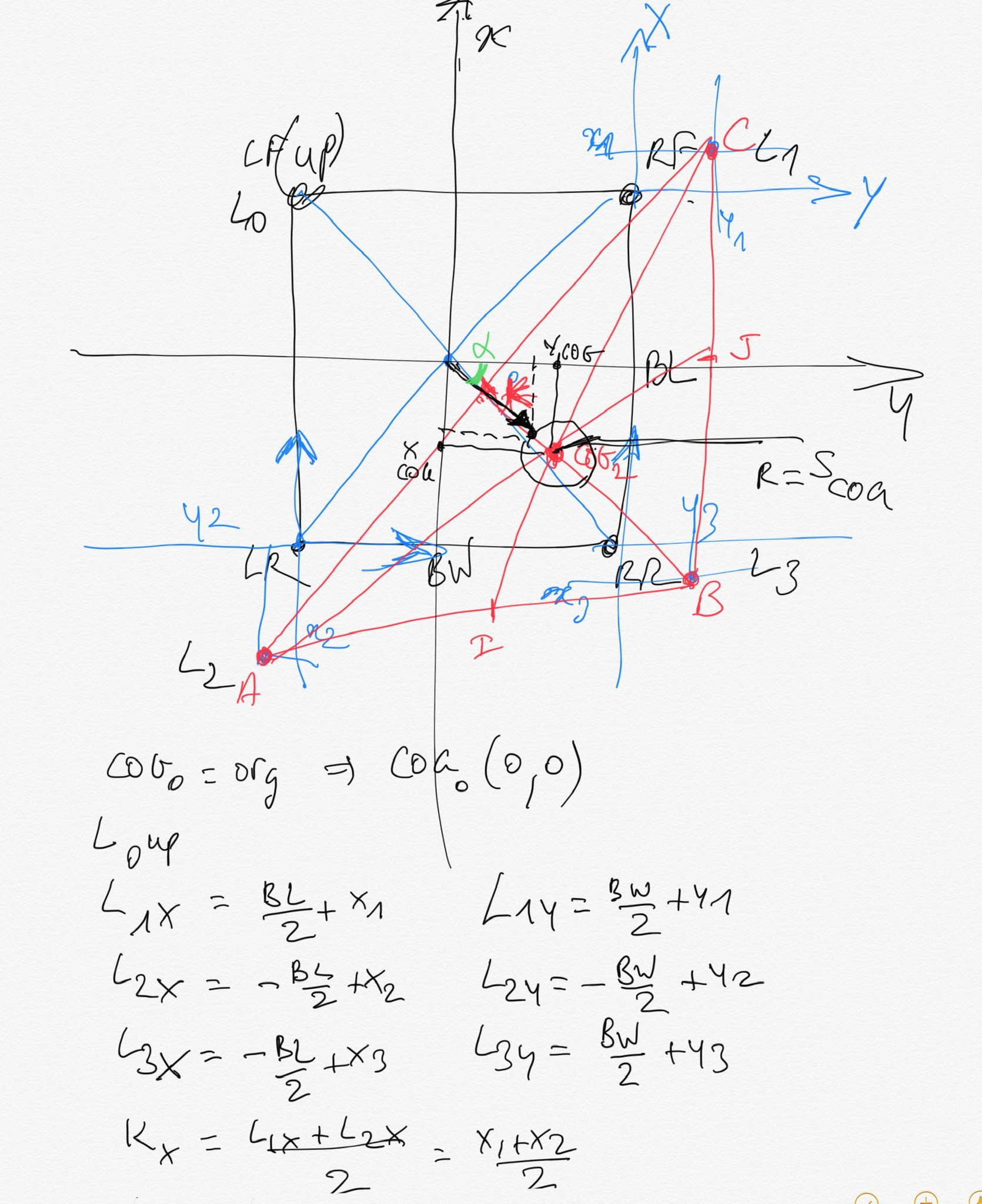
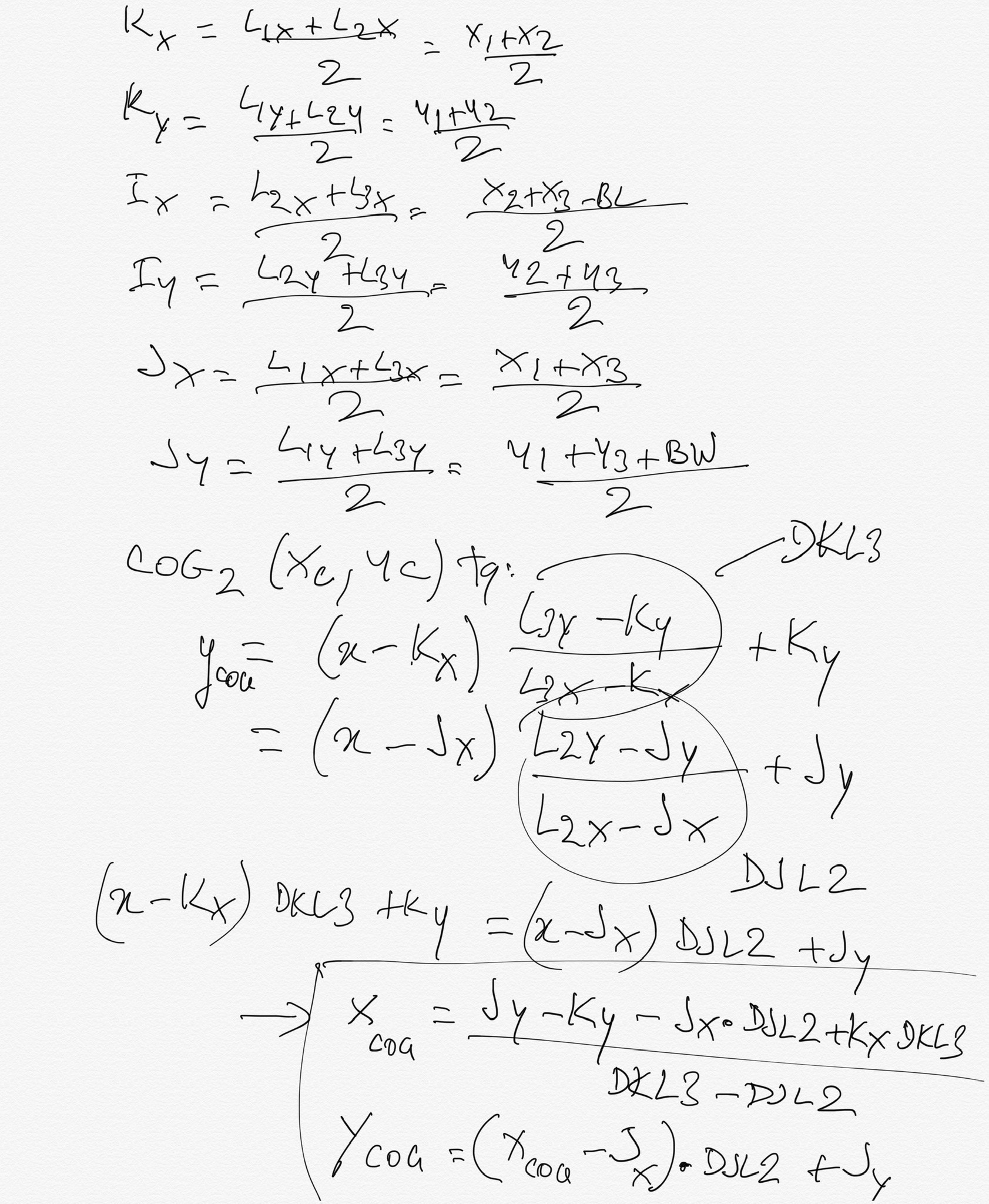
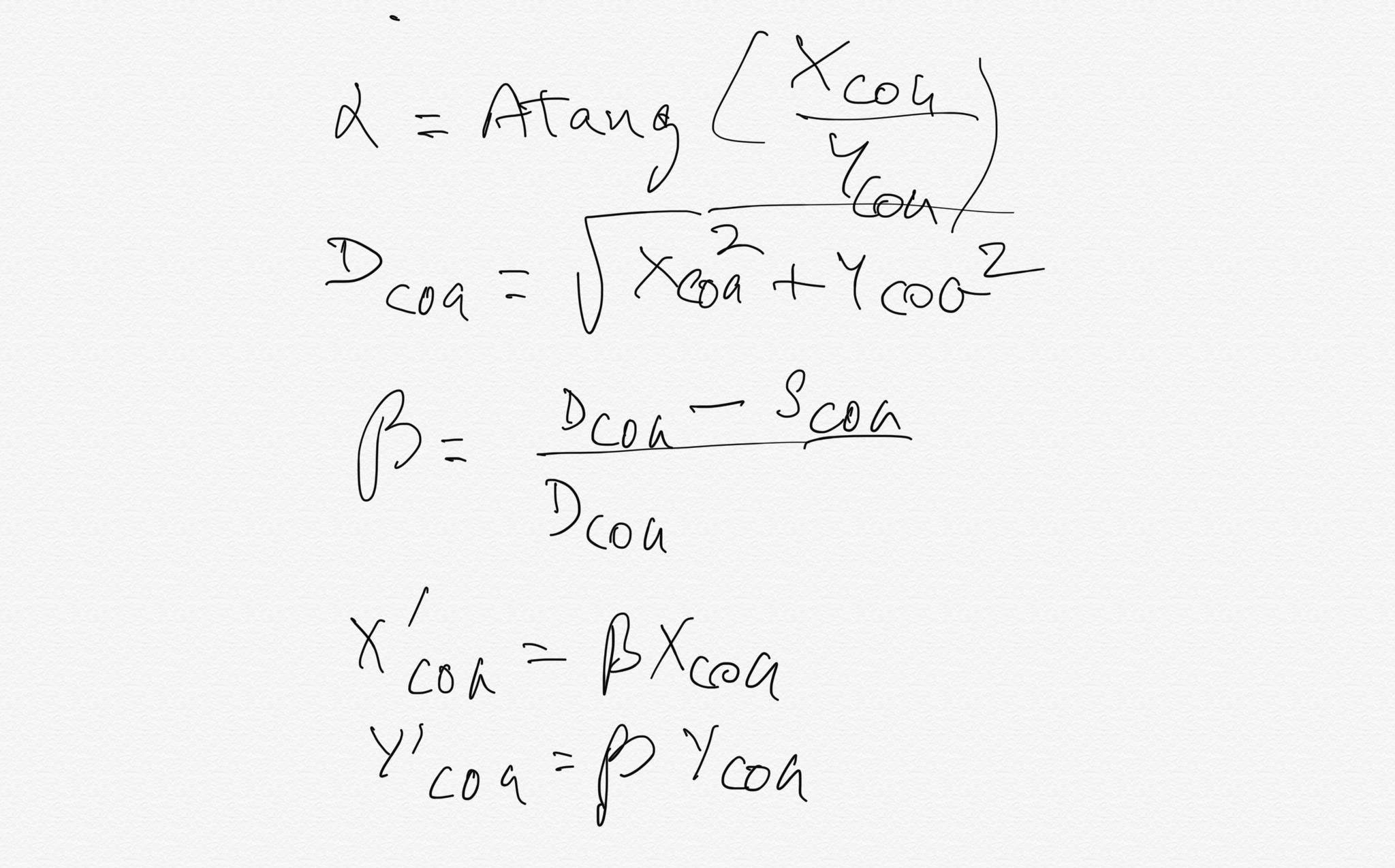

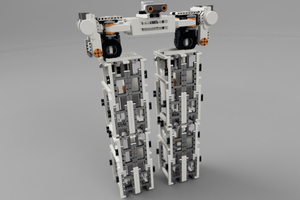
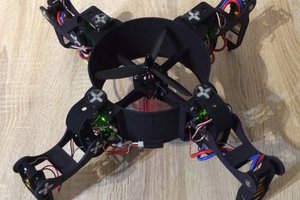
 Carl Bugeja
Carl Bugeja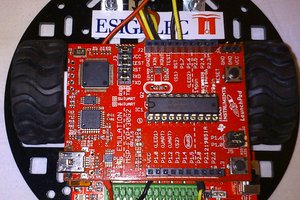
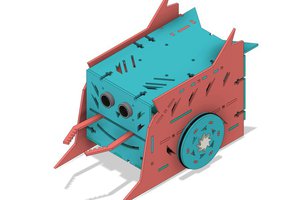
Quand je pensé que j ai fait cela pendant mes Etudes, Ingénieur specialisé en robotique, je suis vraiment un imposteur ;-). Bravo Phil. Jc ps prévoie quand même l’option silence en cas ou ton animal aboie tout le temps. Tu vas avoir des problèmes avec tes voisins.